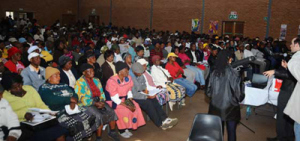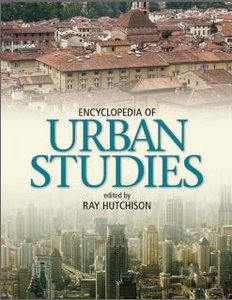Penwell Dlamini – More Homes For Rent Planned For Informal Settlements
 timeslive.co.za. September 2014. In the past few months there have been violent demonstrations in Ekurhuleni by people demanding housing. The metro has 119 “informal settlements”.
timeslive.co.za. September 2014. In the past few months there have been violent demonstrations in Ekurhuleni by people demanding housing. The metro has 119 “informal settlements”.
The member of the Ekurhuleni mayoral committee responsible for settlements, Queen Duba, said the metro was changing the way it was dealing with demand for housing.
“We must cater for people with their different needs. You cannot assume that, just because a person is in an informal settlement, he wants an RDP house.
“You might find that the person in the informal settlement has money to build a house and the only thing they need is access to land,” Duba said.
There were currently 52 housing projects in the pipeline at different phases of development in Ekurhuleni, she said.



